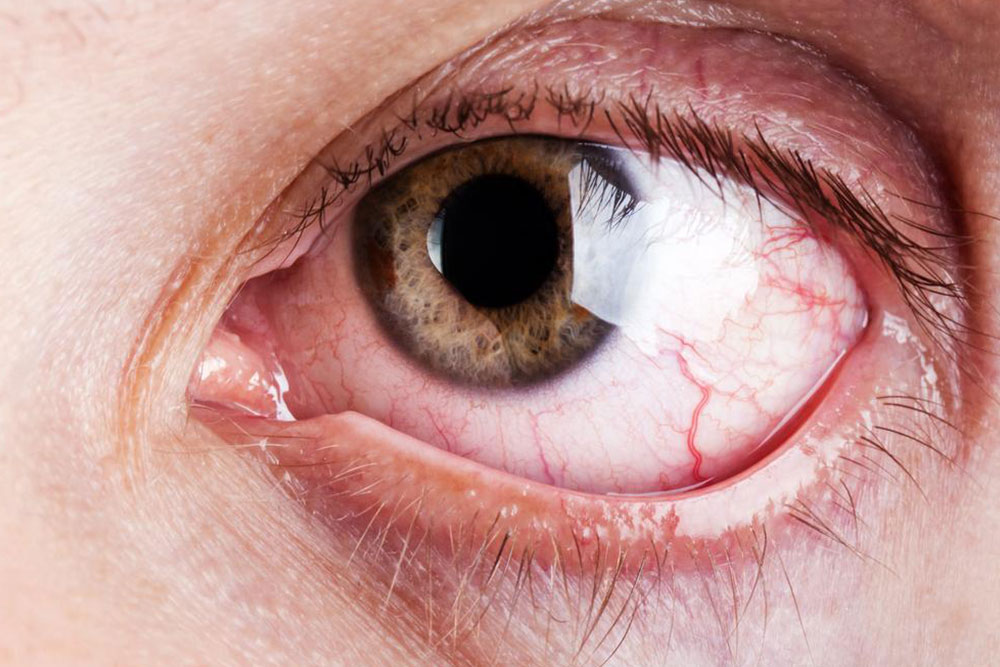Understanding Nasal Vestibulitis: Causes, Symptoms, and Treatments
Nasal vestibulitis is an infection at the nose's entry point, caused mainly by bacteria entering through small skin injuries, piercings, or excessive nose touching. Symptoms include redness, swelling, pain, pimples, crusting, and nosebleeds. Proper hygiene, cautious hair removal, and prompt medical treatment are key to recovery. Early diagnosis by an ENT specialist can prevent complications such as abscesses or tissue damage, ensuring effective relief and healing.

Nasal vestibulitis is an infection that occurs at the entrance of the nose, called the nasal vestibule. It is typically caused by bacteria invading the skin, leading to inflammation and tissue damage. The condition is usually mild and responds well to medical treatment and topical therapies. Recognizing its common causes and signs can help with early diagnosis and effective management.
The main cause of nasal vestibulitis is bacterial infection, often following minor injuries to the nasal area. Key risk factors include:
Hair removal methods: Plucking or waxing nose hair can create small openings that let bacteria enter and infect the skin.
Repeated nose blowing: Excessive force can cause tiny fissures, providing entry points for bacteria, especially in warm environments conducive to bacterial growth.
Nasal piercings: Unsterilized jewelry or improper piercing techniques may introduce bacteria into nasal tissues, leading to infection.
Typical symptoms involve:
Redness and swelling: Inflammation can block nasal airflow, causing pain and visible redness.
Discomfort and tenderness: Infected areas often hurt, especially upon touch.
Pimples or boils: Bacterial-filled bumps may form, sometimes rupturing and spreading infection.
Internal abscesses: Pus-filled lumps within the nose can cause congestion and a sensation of fullness.
Crust formation: Dried mucus can form crusts that obstruct airflow if not treated.
Nosebleeds: Bleeding may happen spontaneously or from injury, indicating deeper infection.
If symptoms persist or worsen, seeking advice from an ENT specialist is vital. Early diagnosis and proper treatment can prevent serious complications including tissue damage and abscess development. Maintaining good hygiene, being cautious with nose hair removal, and seeking timely medical care are essential for managing nasal vestibulitis effectively.
Note: This article provides general information on nasal vestibulitis. For accurate diagnosis and personalized treatment, consult a healthcare professional. Early intervention helps prevent potential complications.


